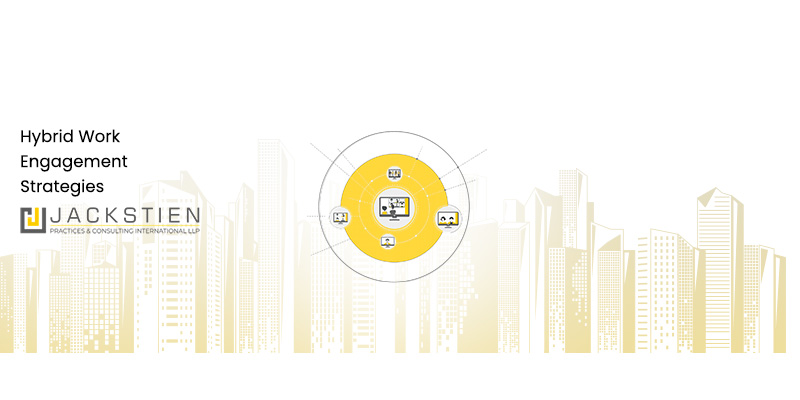Last month, a Microsoft survey found that 85 percent of employers and leaders have difficulty trusting their employees to be productive in a remote and hybrid work setting. Parallel to this, work meetings and the productivity of employees have consistently magnified.
Then, if workers are comfortable and more productive working remote jobs, then why is it not time for employers to rethink how they manage work and place faith in their employees?
Harvard Business Review published Paul J. Zak’s (founding director of the Center for Neuroeconomics Studies) report on how trust is tied to employee performance.
It was found that people who worked at high-trust companies reported 74% less stress, 76% more engagement, 50% higher productivity and 40% less burnout than employees who worked at jobs where the company put little trust and faith in them.
When employees are trusted and given autonomy over how they perform their tasks, they become not only more responsible but also more innovative.
For years, traditional workplaces have fostered a culture of micromanaging and looking over workers to ‘check’ them at all times of their working hours.
The transition to hybrid and remote work may feel new and risky to employers in terms of placing confidence in their employees, but maybe they may do well to evaluate whether they were really better off earlier or is hybrid or remote work just the easiest (but wrong) thing to place the blame on.
Every nail can be looked upon as a problem.
Every tool can be looked upon as a solution.
But that does not mean any tools are the right solution to any problems.
Trust in employees brings about improved employee engagement, increased collaboration, increased productivity, greater accountability and higher job satisfaction
Forcing people on premises simply brings about a false sense of control.
Redirecting the efforts towards risk managing hybrid work helps achieve the best of both worlds. It’s not easy but nothing worthwhile is.


